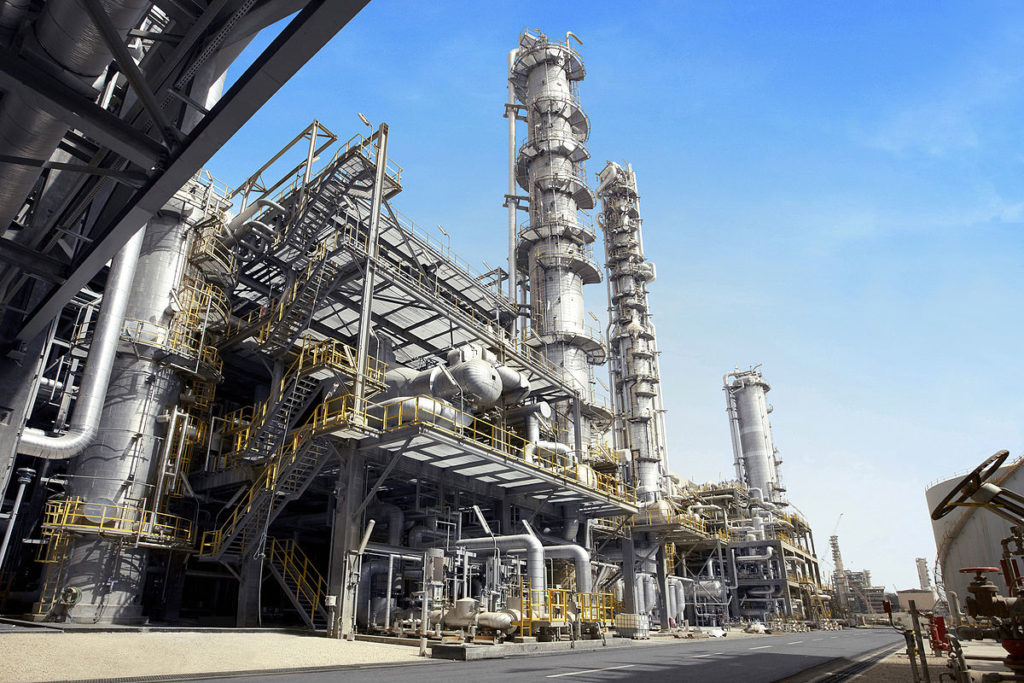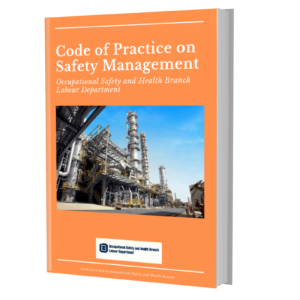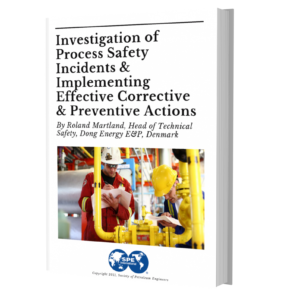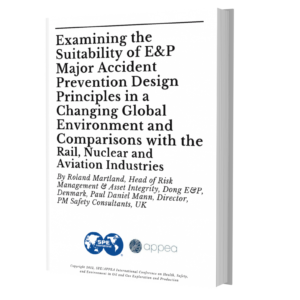Best Practices of HSE Management

Estimated reading time: 4 minutes

Best Practice HSE Management
Health and safety management encompasses the interactions between several factors between – the working environment, systems and procedures, and the people in the organisation. The management of the risks associated with the Health, Safety and Environmental (HSE) threats to a business is becoming increasingly complex and as part of any credible global business, needs to be managed at all levels of the business. This is led by an executive team, supported by the Board of Directors in a consistent, systematic manner.
History also demonstrates that in many instances, major accident events can result in consequences beyond what the management foresee, resulting in a situation that escalates beyond the capacity of the company to recover both financially and reputationally. The 2010 Deepwater well blow-out accident is an example, whereby the company had to deal with a significant financial penalty associated with the environmental impact that stretch the capacity of company to maintain operations, in addition to managing the personnel casualties and reputational damage.
Therefore, effective risk management depends partly on the behaviour of individuals in an organisation as a significant number of accidents can be traced to unsafe behaviours. An organisation’s attitudes and values regarding safe working culture are important factors that influences the health and safety performance.
Here we have compiled several resources to aid in your understanding of HSE management.
- Code of Practice on Safety Management
- Investigation of Process Safety Incidents & Implementing Effective Corrective & Preventive Actions
- Examining the Suitability of E&P Major Accident Prevention Design Principles in a Changing Global Environment and Comparisons with the Rail, Nuclear and Aviation Industries
Code of Practice on Safety Management
To learn more about Code of Practice on Safety Management, the Occupational Safety and Health Branch Labour Department (HK) has published a guide to provide practical guidance for proprietors and contractors of relevant industrial undertakings to comply with the aforesaid legal requirements. While the guide is set in HK, it provides a good example of the best practices for any organisation in the industry to follow. It sets out how proprietors or contractors should develop, implement and maintain a safety management system. It provides practical guidance in respect of the 14 elements of a safety management system. It also provides a practical guidance on safety audits and safety reviews.
Click below to download your free report
“Code of Practice on Safety Management”
https://blog.opuskinetic.com/download-code-of-practice-on-safety-management

Investigation of Process Safety Incidents & Implementing Effective Corrective & Preventive Actions
This paper sets out the author’s recent experiences with offshore oil and gas exploration and production companies to improve the identification and investigation of Process Safety Incidents, PSIs. The paper will describe the difficulties that companies experience when dealing with relatively simple issues, such as agreeing what a PSI is and how to link the underlying and root causes of incidents to weaknesses in the process safety risk controls. The paper will also demonstrate that the actions identified after an investigation do not always correct the causation factors – examples will be provided to illustrate common pitfalls in selecting effective actions after a PSI. The prevention of process safety has significant business benefits and several industry initiatives currently in place or proposed will be presented.
Click below to download your free report
“Investigation of Process Safety Incidents & Implementing Effective Corrective & Preventive Actions”

Examining the Suitability of E&P Major Accident Prevention Design Principles in a Changing Global Environment and Comparisons with the Rail, Nuclear and Aviation Industries
This paper sets out the author’s recent experiences with offshore oil and gas exploration and production companies to improve the identification and investigation of Process Safety Incidents, PSIs. The paper will describe the difficulties that companies experience when dealing with relatively simple issues, such as agreeing what a PSI is and how to link the underlying and root causes of incidents to weaknesses in the process safety risk controls. The paper will also demonstrate that the actions identified after an investigation do not always correct the causation factors – examples will be provided to illustrate common pitfalls in selecting effective actions after a PSI. The prevention of process safety has significant business benefits and several industry initiatives currently in place or proposed will be presented.
Click below to download your free report
“Examining the Suitability of E&P Major Accident Prevention Design Principles in a Changing Global Environment and Comparisons with the Rail, Nuclear and Aviation Industries”

